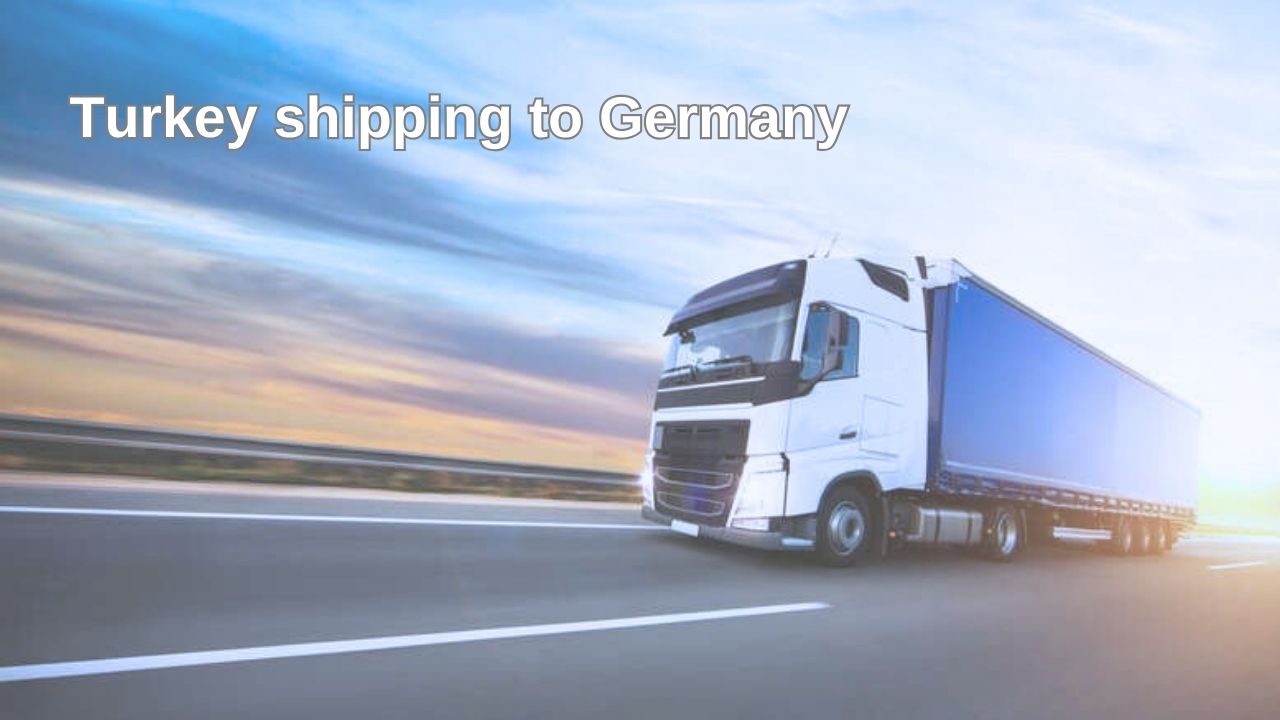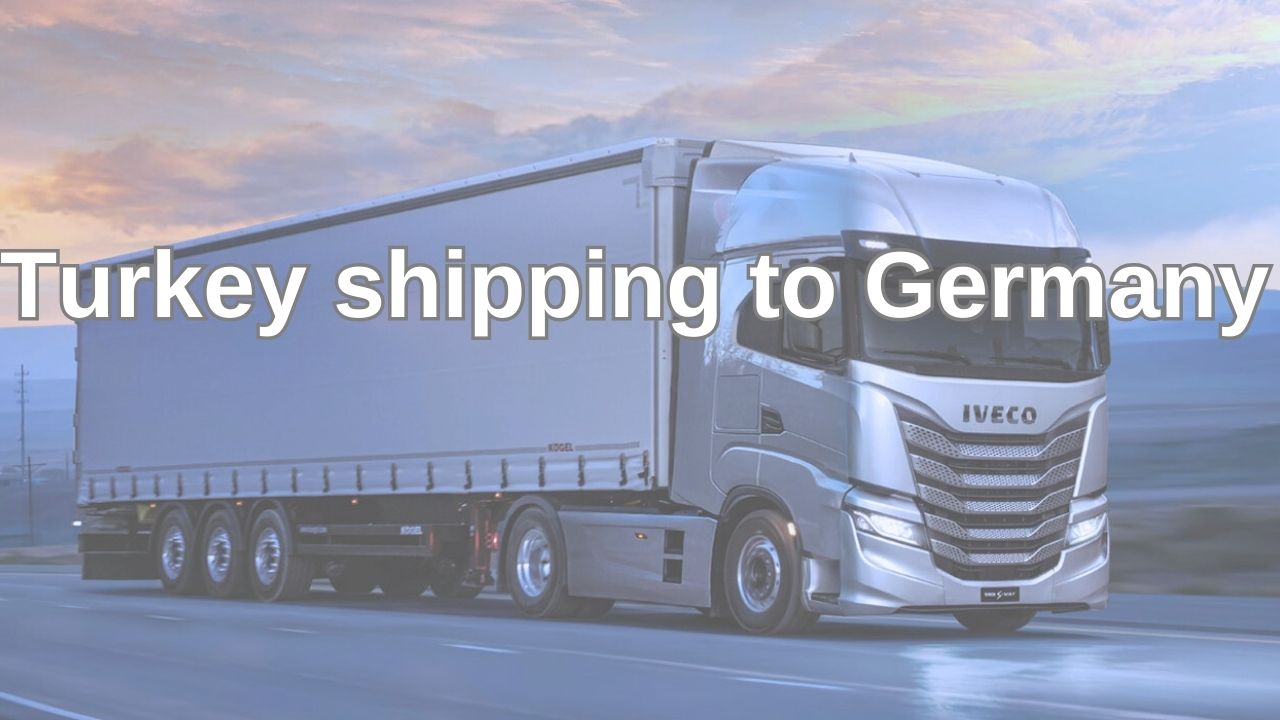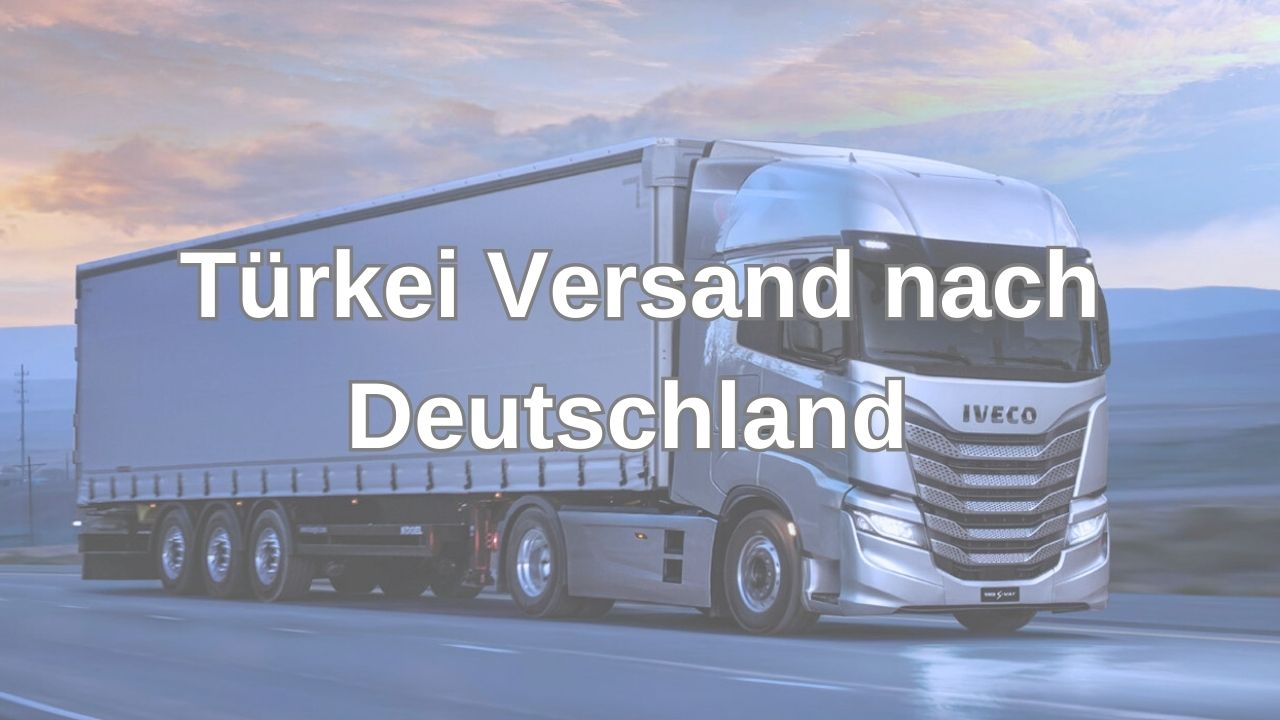News
Turkey shipping to Germany
Which shipping methods are best when shipping from Turkey to Germany?
Sea transportation is usually the most cost-effective option for large volumes and heavy loads. Sea transportation from Turkey to Germany usually takes longer, this period can be several weeks. However, it allows the transportation of large amounts of cargo and its costs can be lower than other methods. It is ideal for shipments with low urgency. In this method, customs procedures of the cargo at the ports and delays due to weather conditions should be taken into account.

Air transportation is the most suitable option for cargo that requires fast delivery. Air transportation from Turkey to Germany usually provides delivery within a few days, which is a great advantage in terms of time. However, air transportation can be costly and cargo capacity is limited. This method is usually preferred for small, valuable and urgent shipments. In air transportation, in addition to customs procedures at airports, insurance and other additional costs should also be taken into account.
Road transport is a method widely used, especially among European countries, and provides flexibility for transportation from Turkey to Germany. Road transport usually offers door-to-door delivery and delivery times can be faster than sea freight, but longer than air freight. This method usually offers medium delivery times and costs. Additional costs and processes such as border crossings, road tolls and customs controls should be taken into account in road transport.
What are the best insurance options when shipping between Türkiye and Germany?
Comprehensive cargo insurance protects your cargo from almost any risk. This type of insurance covers damage, loss, theft or direct losses that may occur during the transportation process. Comprehensive insurance is often the preferred option for international shipments because it provides extensive protection for high-value and sensitive cargo.
Full coverage insurance is another type of insurance that protects your cargo from damage or loss that may occur during the transportation process. This insurance increases the safety of your cargo by covering various risks. It also offers comprehensive financial protection to cover various emergencies.
CIF insurance covers shipping costs, handling charges, and insurance of the cargo. This type of insurance protects against risks that may occur during the time your cargo reaches its destination. CIF insurance is generally preferred in sea transportation and the insurance cost is included in the shipping cost.
Freight insurance is available when the carrier is responsible for the safety of your cargo. This insurance increases the minimum coverage provided by the carrier to protect your cargo. However, it is usually more limited and only covers risks that are the carrier's responsibility.
Specialty insurance is insurance policies specifically designed for certain types of cargo. For example, there are special insurance options for valuables, hazardous materials or sensitive equipment. These types of insurance provide comprehensive protection to meet specific risks and needs.
When choosing insurance, getting support from a professional insurance consultant can help you find the most suitable policy. Consultants offer the most suitable insurance options according to the characteristics of your load and help you determine the necessary coverage.
What are the quality and safety standards to consider when shipping from Turkey to Germany?
The quality and safe packaging of the cargo is critical to the smooth shipping process. You should use durable and appropriate packaging materials to prevent damage to your products. Make sure that the packaging is sturdy and designed to protect the contents of the cargo. Also, having labels on the packaging indicating the contents and characteristics of the cargo plays an important role in the transportation process.
In international transportation, certain quality and safety standards must be followed. These standards are set to ensure the safe transportation of your cargo. For example, there are special packaging, labeling and transportation rules for the transportation of hazardous materials. Complying with these rules will help you meet legal requirements and increase your safety.
There are quality and safety standards that must be adhered to during customs procedures. Customs declarations, commercial invoices and other documents must be prepared correctly and completely. In addition, valid and up-to-date import permits and certificates will ensure that your shipment reaches Germany without any problems.
You should protect your shipment against risks such as possible damage, loss or theft by insuring it. Cargo insurance increases the safety of your cargo during the transportation process and provides financial protection against possible risks. It is important that the scope of your insurance policy is designed to cover the value and characteristics of your cargo.
Make sure that the transportation company you choose operates in accordance with international standards. It is important that the company uses vehicles and equipment that comply with safety standards and employs professional and experienced staff. Also, the traceability of the transportation process helps you to track the status of your cargo.
All personnel involved in the shipping process must be trained and aware of quality and safety standards. This contributes to ensuring safety and quality at every stage of the process.
Appropriate transportation arrangements must be made during the transportation of your cargo. The cargo must be placed in a balanced manner, must be suitable for the capacity of the vehicle and must be carefully monitored during transportation.
How to Use Data Analysis in Logistics Processes?
Data analysis is used to increase operational efficiency in logistics processes. Data collected in processes such as transportation, storage and inventory management are analyzed to determine areas where improvements can be made. For example, by examining transportation times and costs, routes can be optimized and transportation methods can be made more efficient.
Demand forecasting plays an important role in logistics processes. Data analysis allows you to predict future demand by examining past sales data, seasonal trends and market conditions. Inventory levels are optimized and stock management is improved based on this information. In this way, both excess stock and stock shortages are prevented and costs are reduced.
Performance monitoring in logistics processes is used to evaluate the effectiveness of processes. Performance indicators such as transportation times, costs, and error rates can be continuously monitored with data analysis. These data are used in reporting processes to perform performance evaluations and take necessary corrective measures.
Data analysis is also an important tool in terms of risk management. Potential risks can be predicted with data analysis and strategies can be developed to minimize the effects of risks. In addition, data analysis forms the basis of decision support systems, allowing conscious and data-based decisions to be made in logistics processes.
Customer satisfaction is a critical factor for the success of logistics processes. Data analysis helps to make improvements that will increase customer satisfaction by analyzing customer feedback, delivery times and service quality. This ensures that service is provided in line with customer expectations.
Cost management is another way to increase efficiency in logistics processes. Data analysis provides a detailed examination of operational costs. Analysis is carried out in areas such as energy consumption, transportation costs and labor expenses, and strategies are developed to reduce costs.
Data analysis is also used to identify opportunities for process improvement. Bottlenecks, inefficiencies and errors in processes are identified through data analysis. In line with these findings, processes are improved and innovative solutions are developed.
How Can You Use Load Tracking and Monitoring Systems More Effectively?
There is a wide range of technologies available for load tracking and monitoring systems. Evaluate different technologies, such as GPS-based tracking, RFID tagging, and IoT (Internet of Things) solutions, and choose the one that best suits your needs. Consider the advantages and limitations of each technology and determine which one best suits your business processes.
It is important that cargo tracking and monitoring systems are integrated with your other logistics and management systems. Integrated systems collect data flow and business processes on a central platform. This facilitates information sharing and ensures that processes are run in a more transparent and coordinated manner.
Real-time tracking allows you to track the current location and status of your loads. This feature allows you to intervene quickly in case of any delays, deviations or problems in the transportation process. Real-time tracking helps to make timely operational decisions and minimize risks.
Load tracking systems collect large amounts of data. Analyze this data to evaluate operational performance and identify inefficiencies in processes. Regularly review performance indicators using reporting tools and develop necessary improvement strategies.
Freight tracking and monitoring systems can proactively identify potential problems. For example, GPS data can track traffic congestion or weather conditions on routes to predict potential delays. Using this type of data, you can plan alternative routes and improve customer service.
Security is important in freight tracking systems. Use encryption methods to secure data. Also, implement strong authentication and access control mechanisms to prevent unauthorized access to your systems.
Train your staff to use your systems effectively. Learning all the features and functions of load tracking and monitoring systems ensures that the systems are used correctly and efficiently. Training allows staff to use the systems correctly and solve problems quickly.
Providing customers with a transparent platform where they can monitor the status of their shipments can increase customer satisfaction. Communicate with the customer regularly, providing them with updates on the status of their shipments and informing them of any delays or issues.



